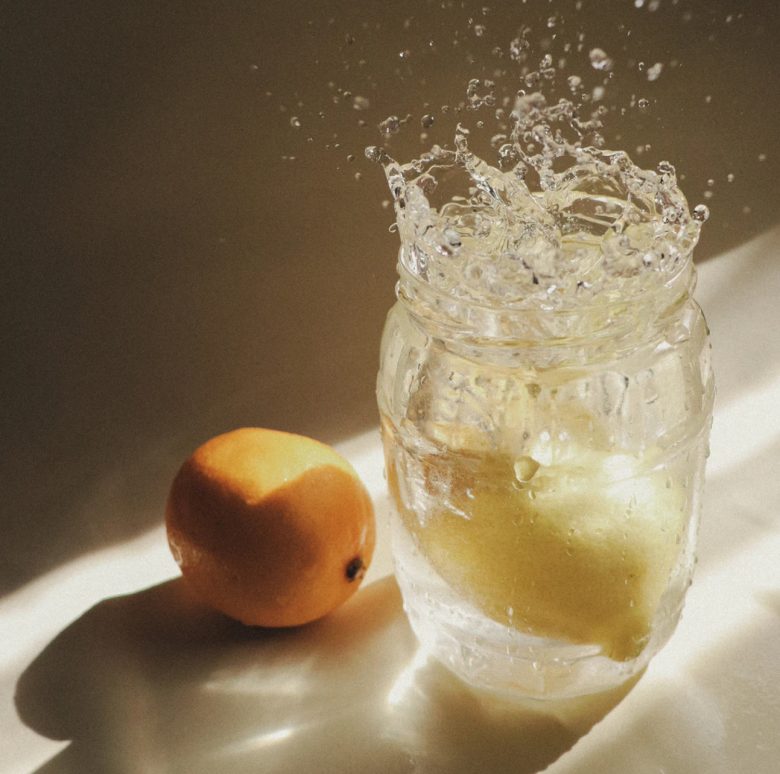Table of Content
Blogging is extremely difficult when you don’t know the basic concepts of how to use light. Of course, you can find a photographer, shoot content in a studio and then post it day by day. At the same time, your audience starts feeling that you’re not alive, that you’re just a beautiful face in the perfect pictures. Learn more about lighting and there will be more opportunities to become closer to your followers.
Needless to say, light in photography isn’t a topic for one article. Light can both help you take a perfect shot and lead to failure. Let’s talk about the things you should bear in mind to create an appealing and aesthetically pleasing feed.
Feel the light
Don’t just think about the object you want to take a picture of, pay attention to the light as well. What is it like? Are you shooting indoors or outdoors? Is the light natural or artificial? You need these answers to understand the way of taking photos: whether you increase the exposure or reduce it, whether you add light to a shot or limit the amount of it.
Hard and soft light
Lighting creates a general mood in a photograph. For example, soft light is how things look on a cloudy day. It’s perfect when you don’t want hard shadows. Soft lighting allows you to hide flaws and make your image smoother. The natural light will never lose its relevance.
Think of hard light as how things look on a sunny day. Shadows are harsh and defined. Remember that in hard lighting you can both take an interesting picture and draw attention to imperfections.
Don’t use front lighting if you want to emphasize the depth of the photo
There are many light schemes used by photographers. It’s important for you to know light directions on your object. There are essentially three of them: frontal, backlighting and side.
A common mistake that makes potentially good pictures fade is front lighting. It emanates directly from the photographer. In this case, beautiful shadows aren’t highlighted, and the object becomes flat. The whole image looks unnatural.
Conduct an experiment: observe the shadows of any one object during different times of the day and notice how the image changes from hour to hour. You’ll see how the shadows work, making a picture look flat or dimensional.
If possible, avoid direct lighting. Try shooting in the morning or in the evening during the “golden hours”, and you’ll understand how different your photos are from those taken earlier.
Flash. Can you use it in the daytime?
Yes, but you have to do it right. Depth effect pictures can be taken using the following technique. On a sunny day shoot the object against the sun so that it becomes dark. It’s believed that you’re not allowed to do so, but if you choose the right settings, everything’s possible.
Now, turn the camera flash on and take a photo. By doing so, you create the sun flares effect and highlight shadows. Perhaps, you’ll photograph beautiful flares on hair!
Correct exposure while you’re shooting
Phones usually have a slider that allows you to lighten or darken a photo. Tap on the screen and open the aperture when it’s dark and close when it’s too light. In most cases, phones auto-adjust camera settings, but you can decide for yourself what effect you want to use for a particular shot.
Sometimes darker photos look deeper and more dimensional. When shooting at night, don’t be afraid to open the aperture. Fix your phone so that the image isn’t blurry.
Important note: don’t make your pictures too bright or too dark. Overexposure and underexposure are considered to be defects and will result in loss of information.
It’s impossible to stop talking about light in photography. The founder of Kodak once said: “Light makes photography. Admire it and know it”. Experiment and take photos, and soon your feed will become much more eye-catching than you could imagine!
